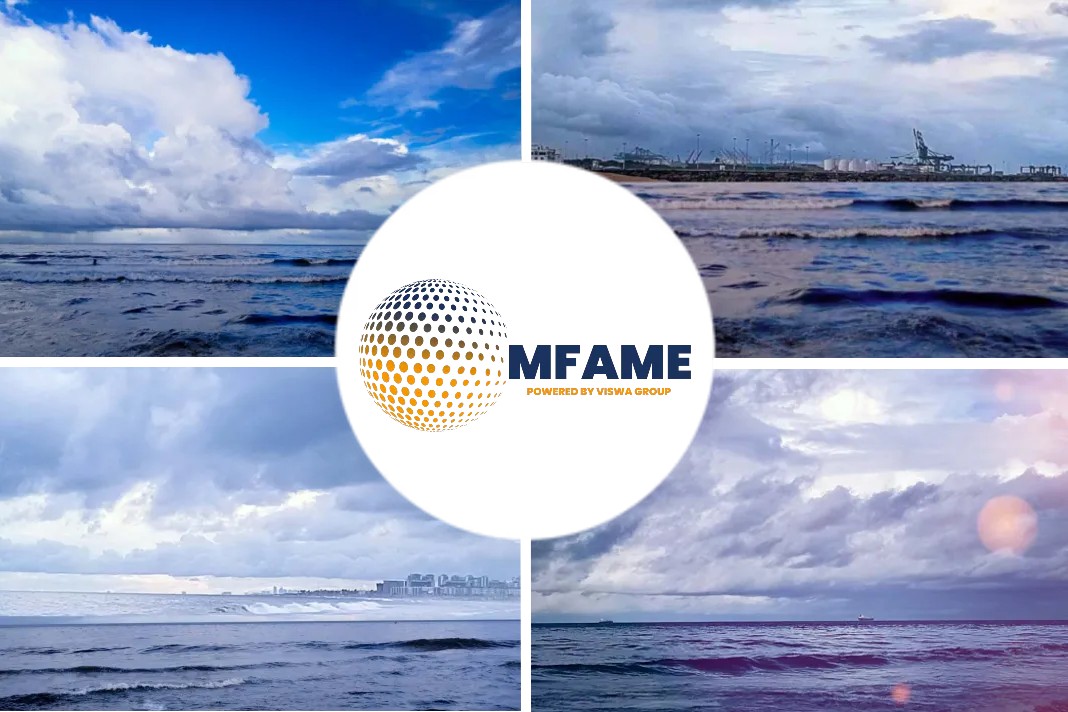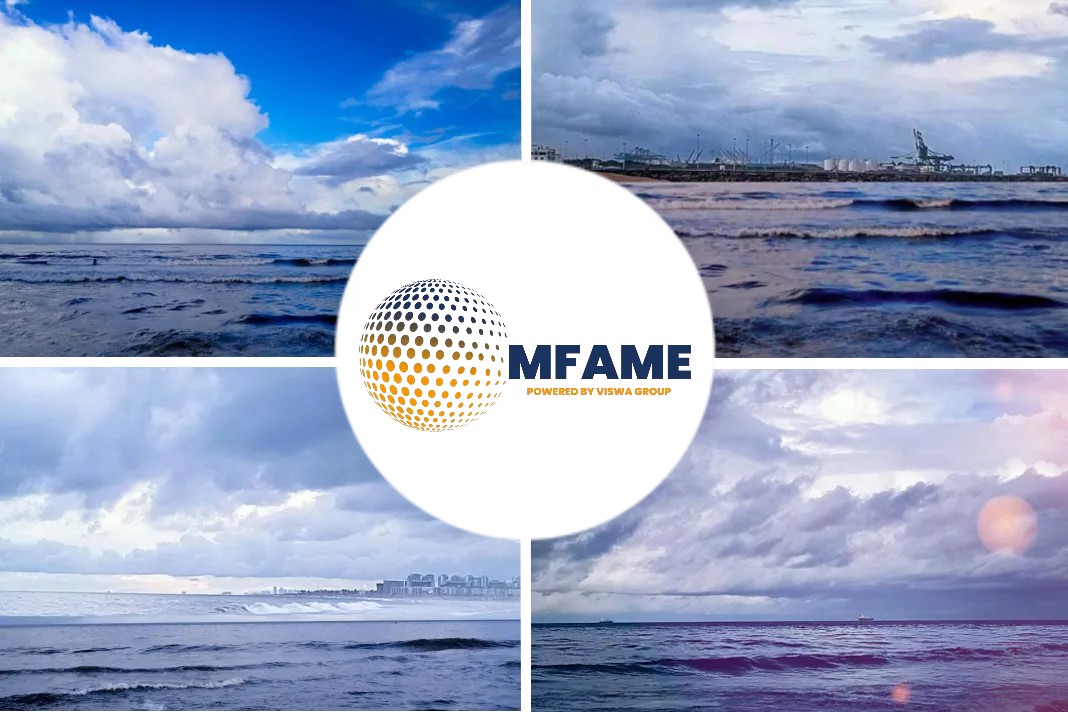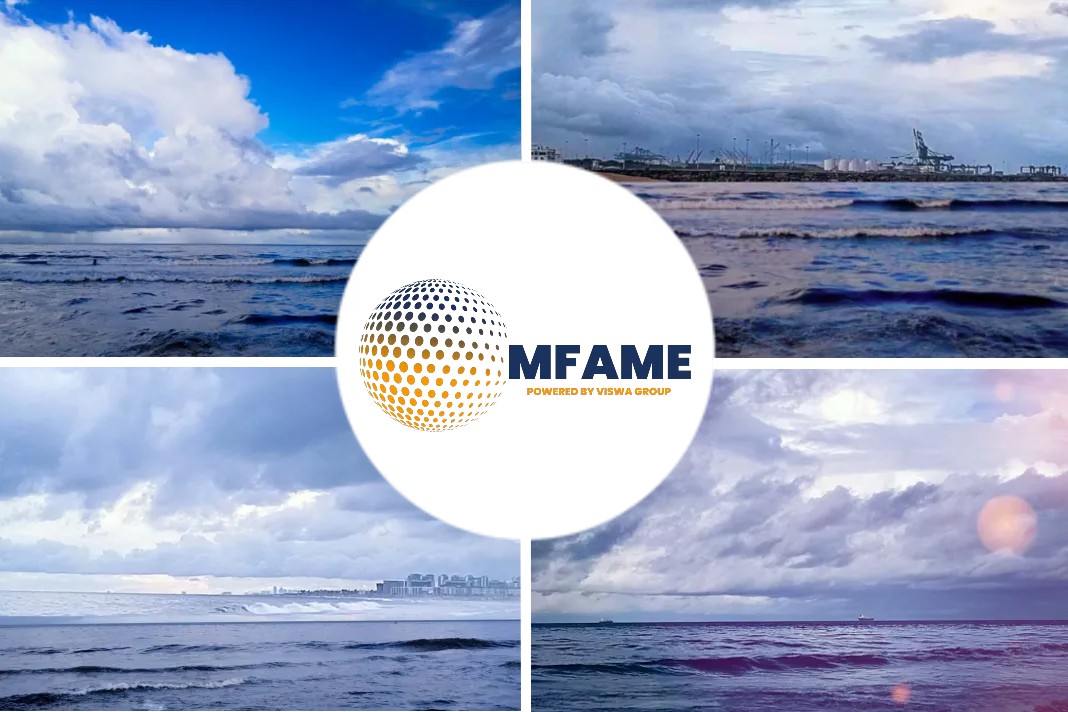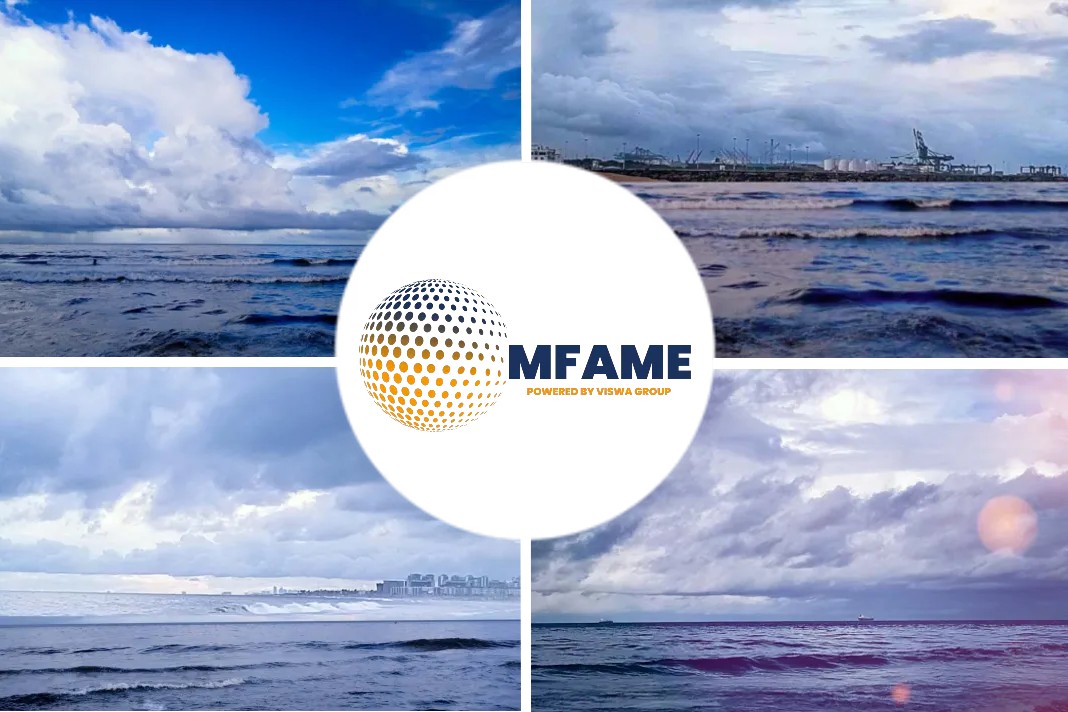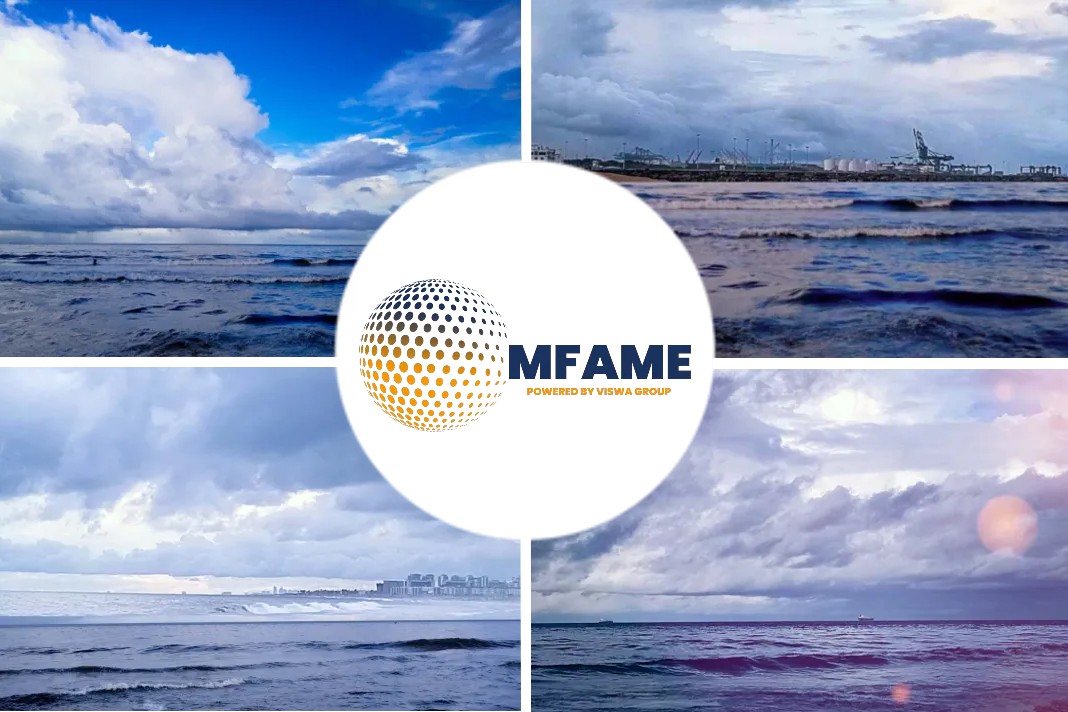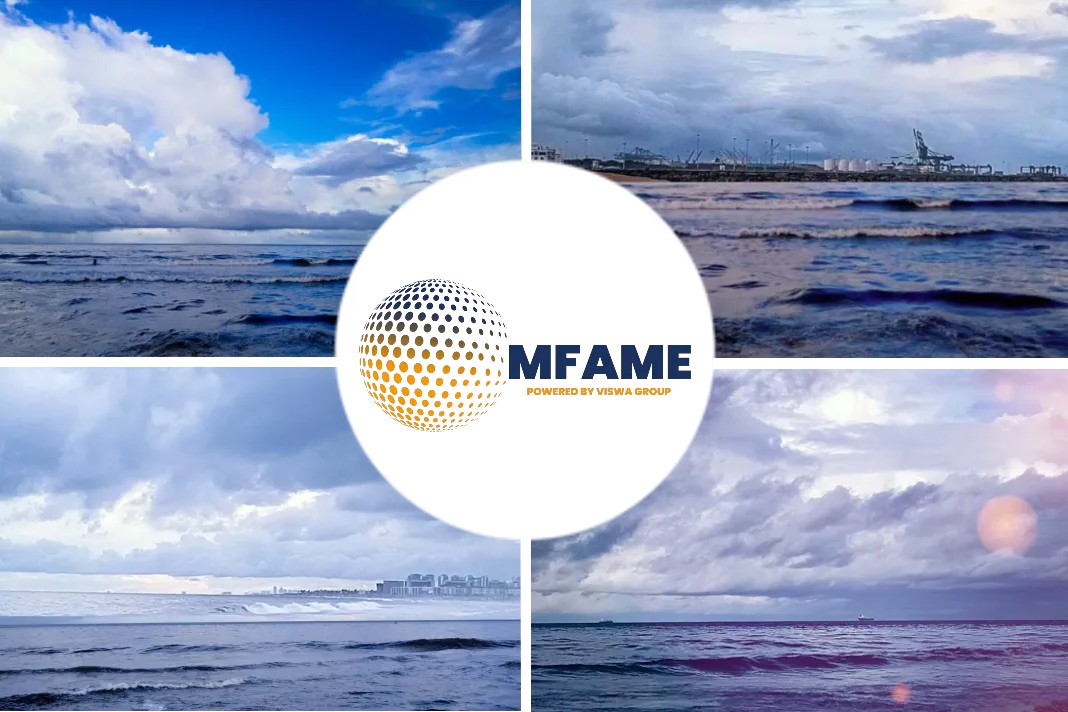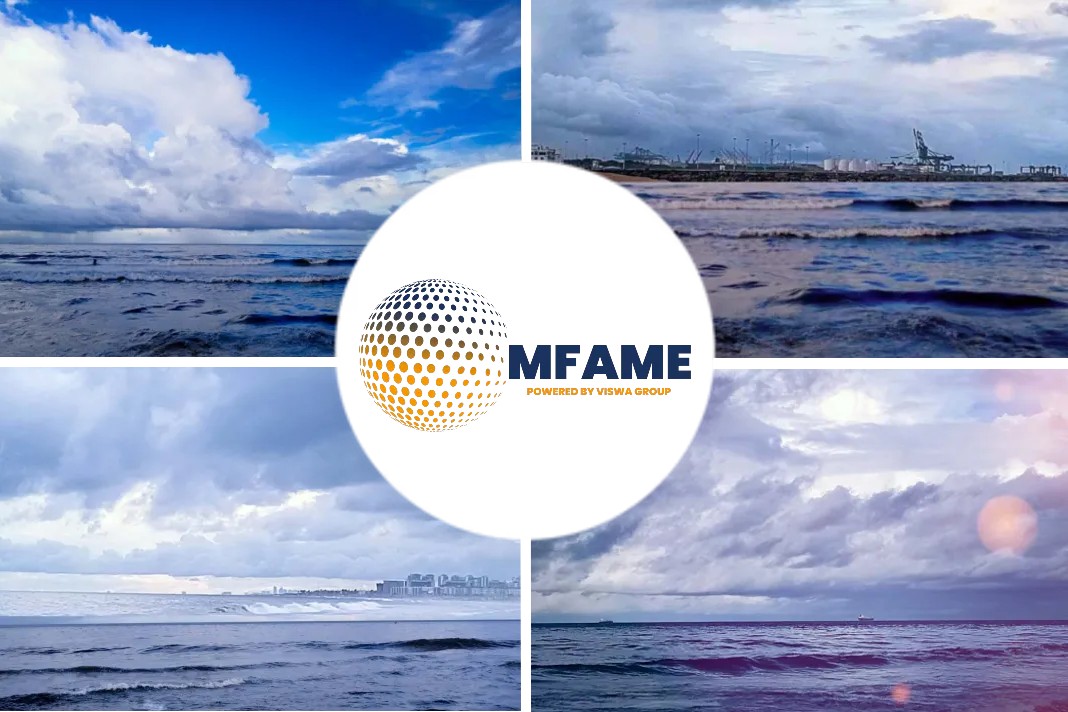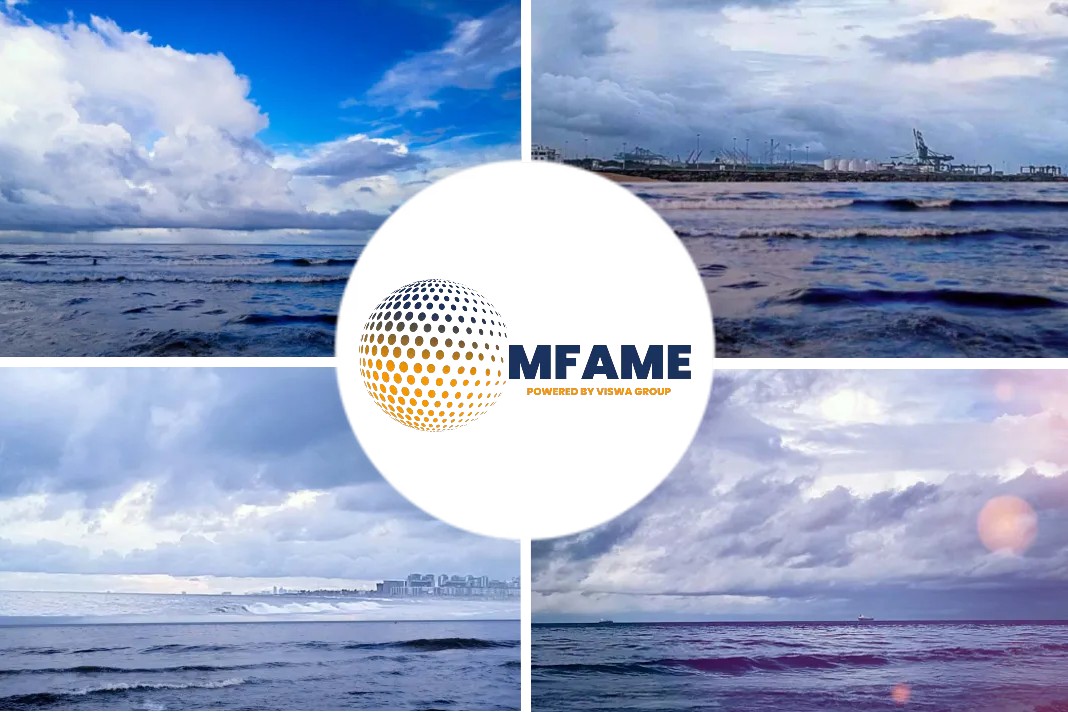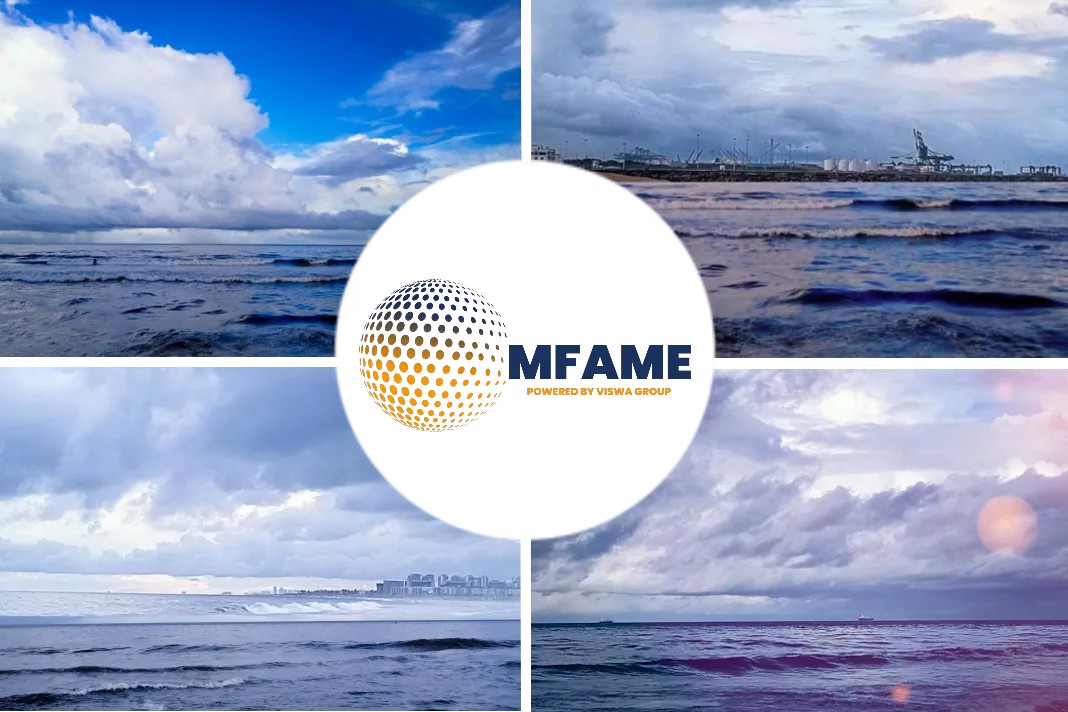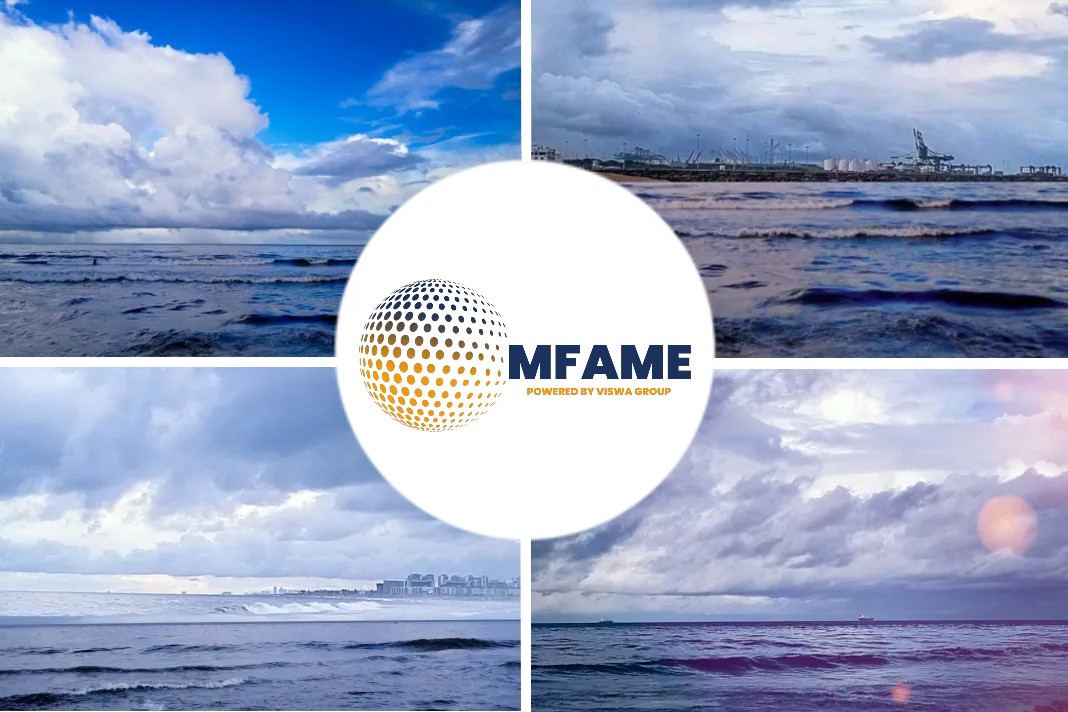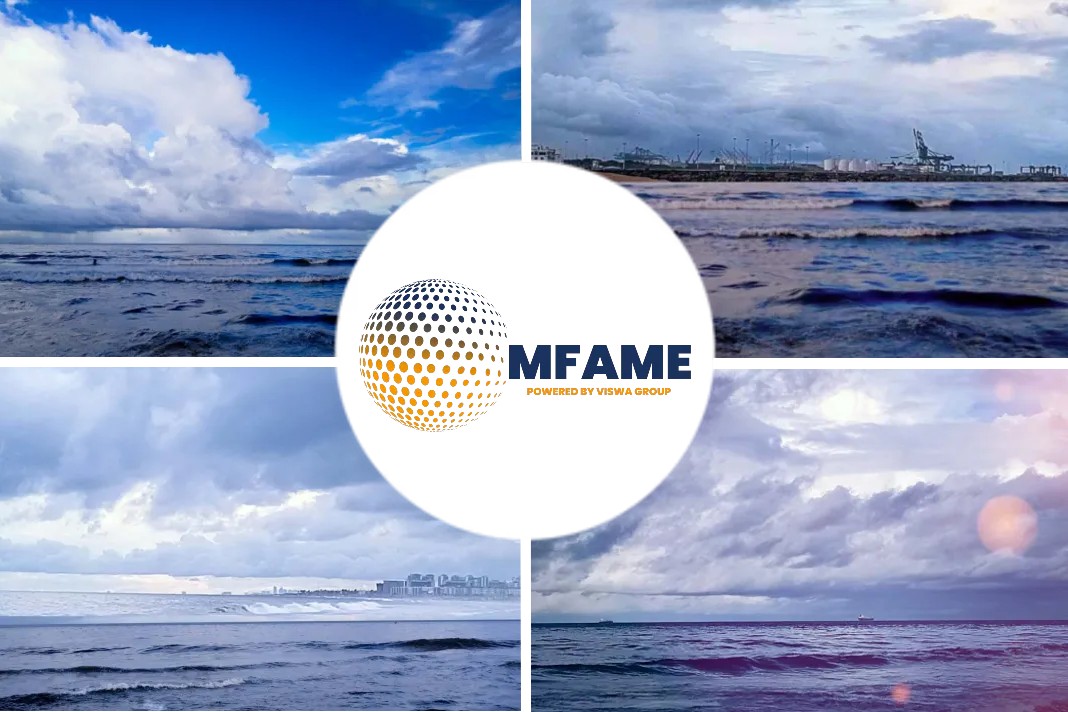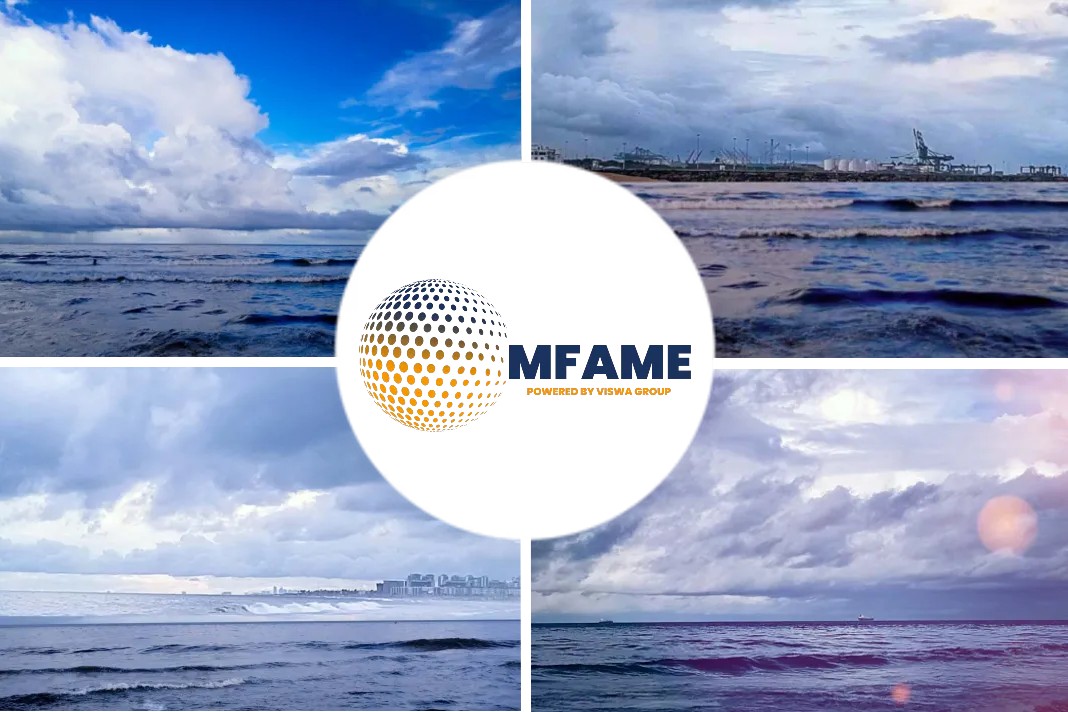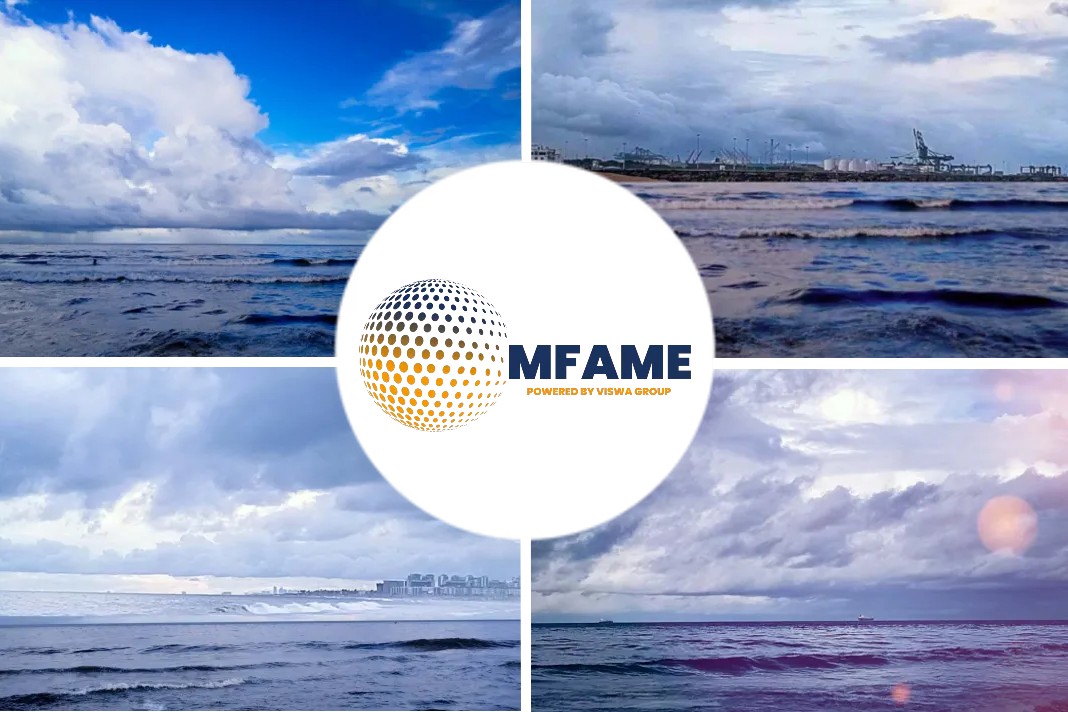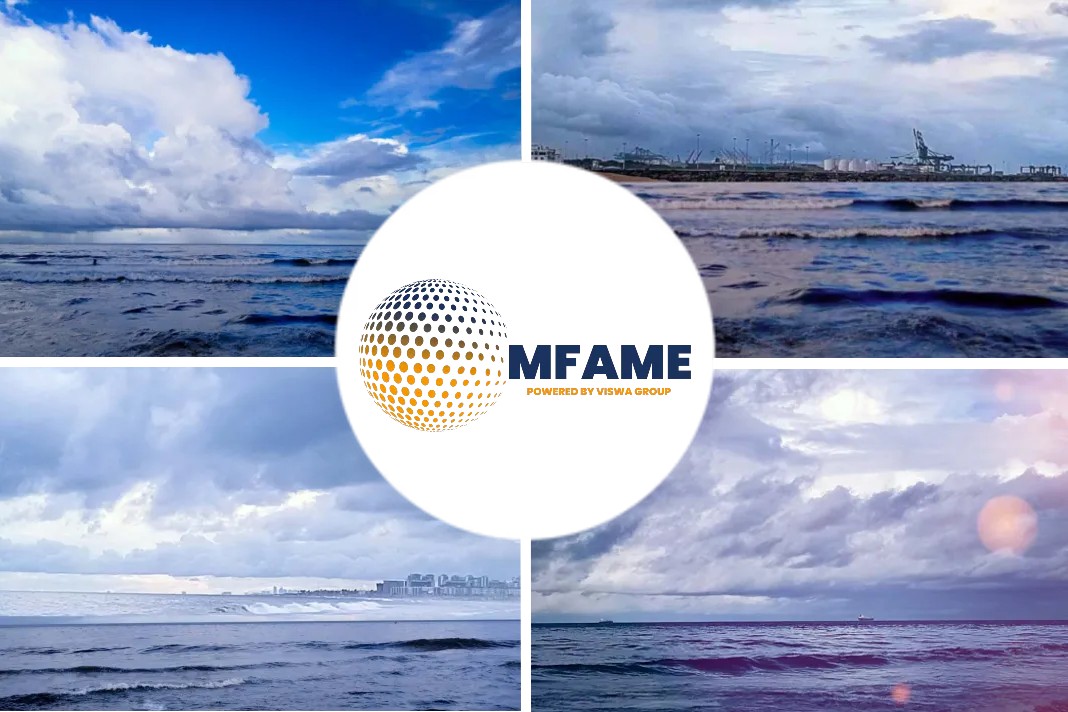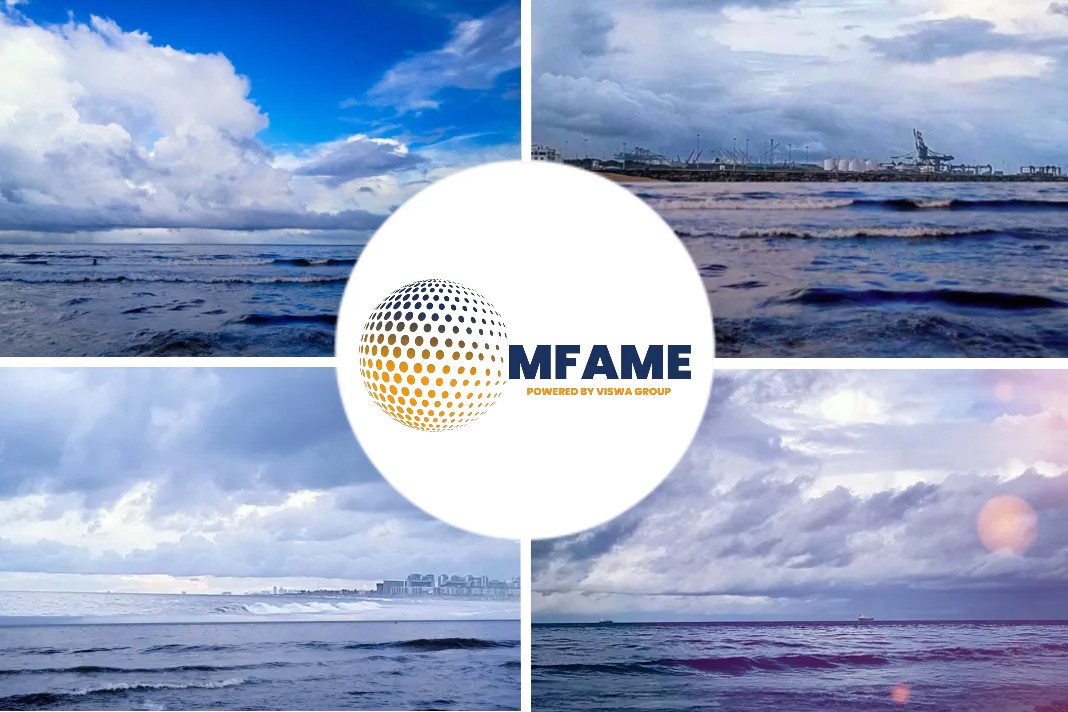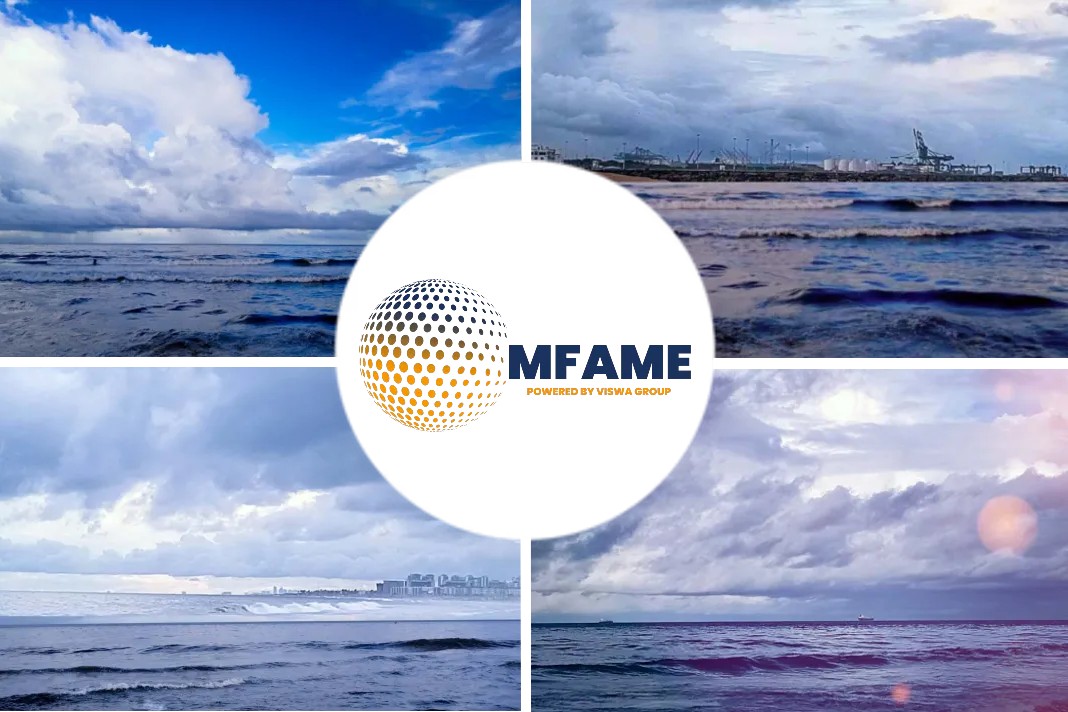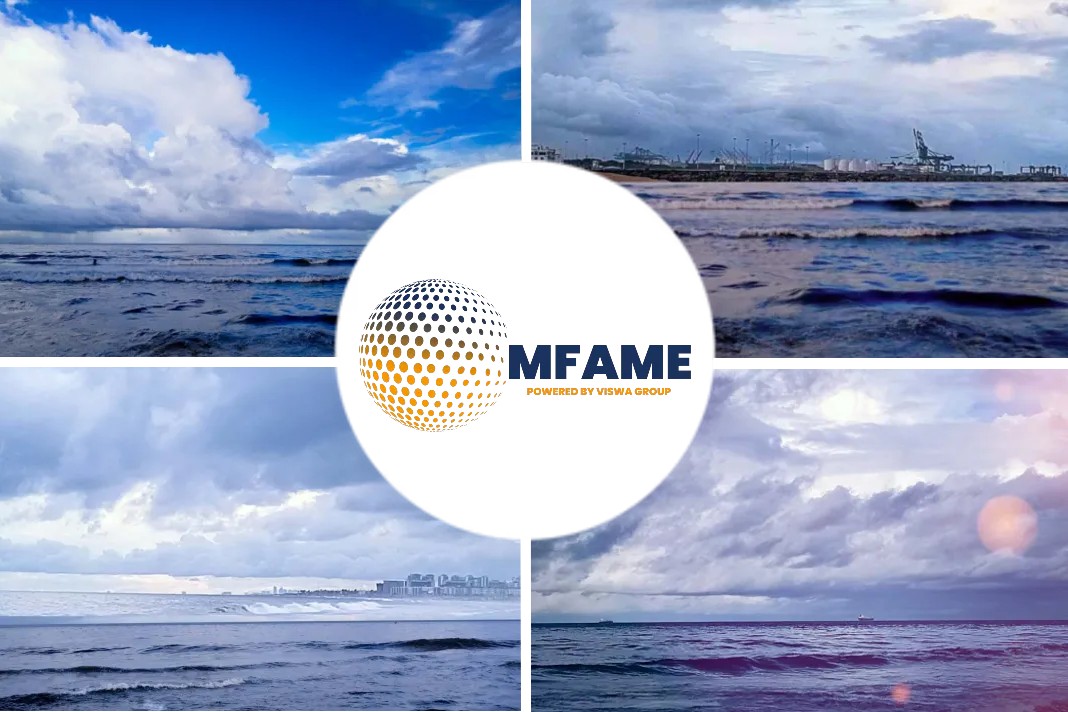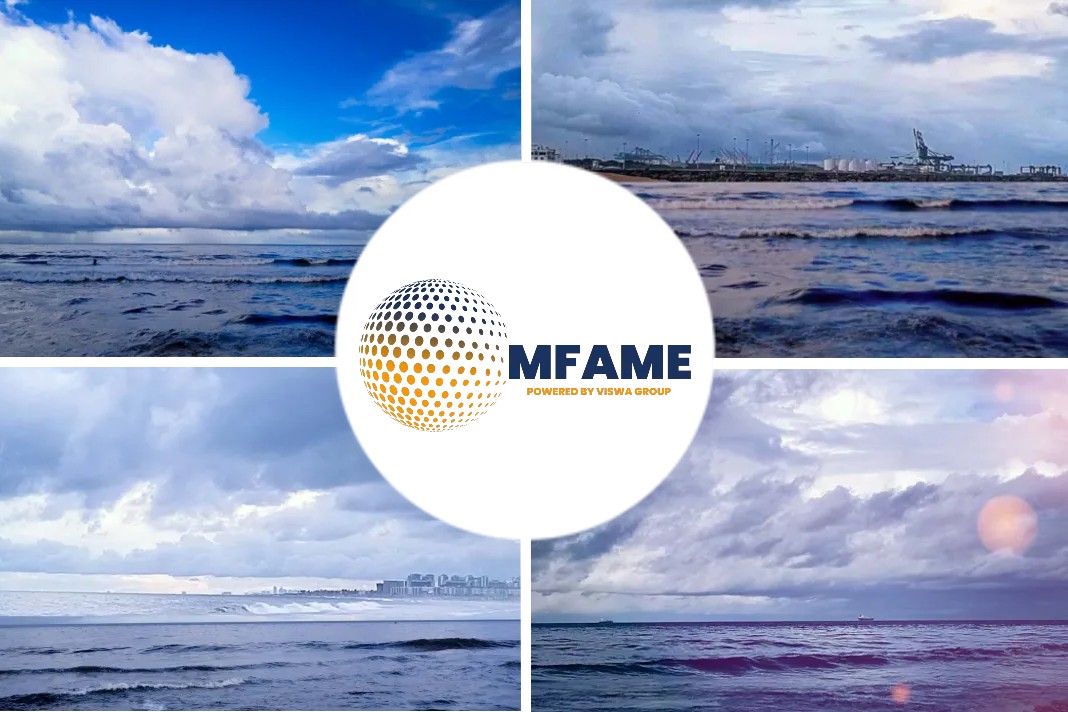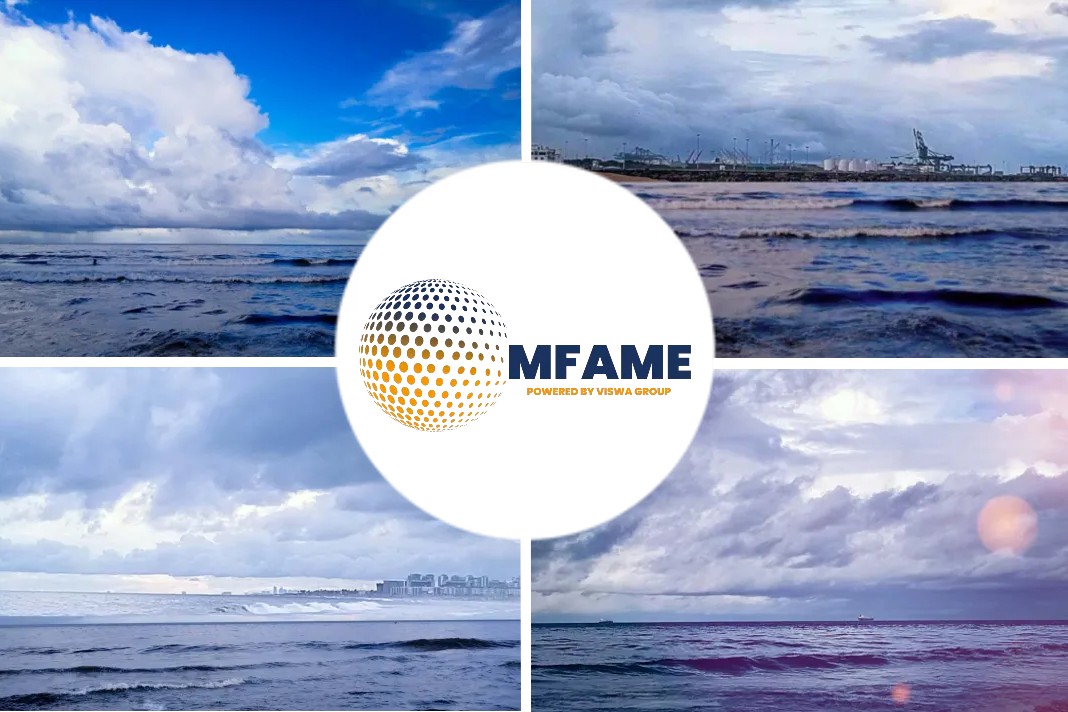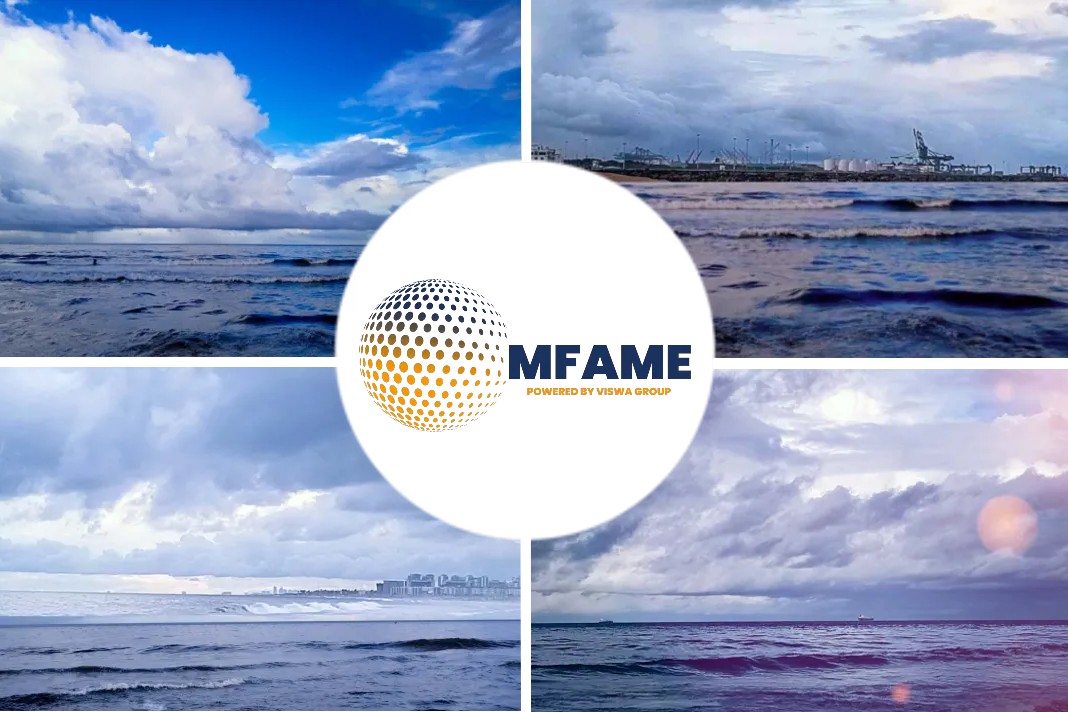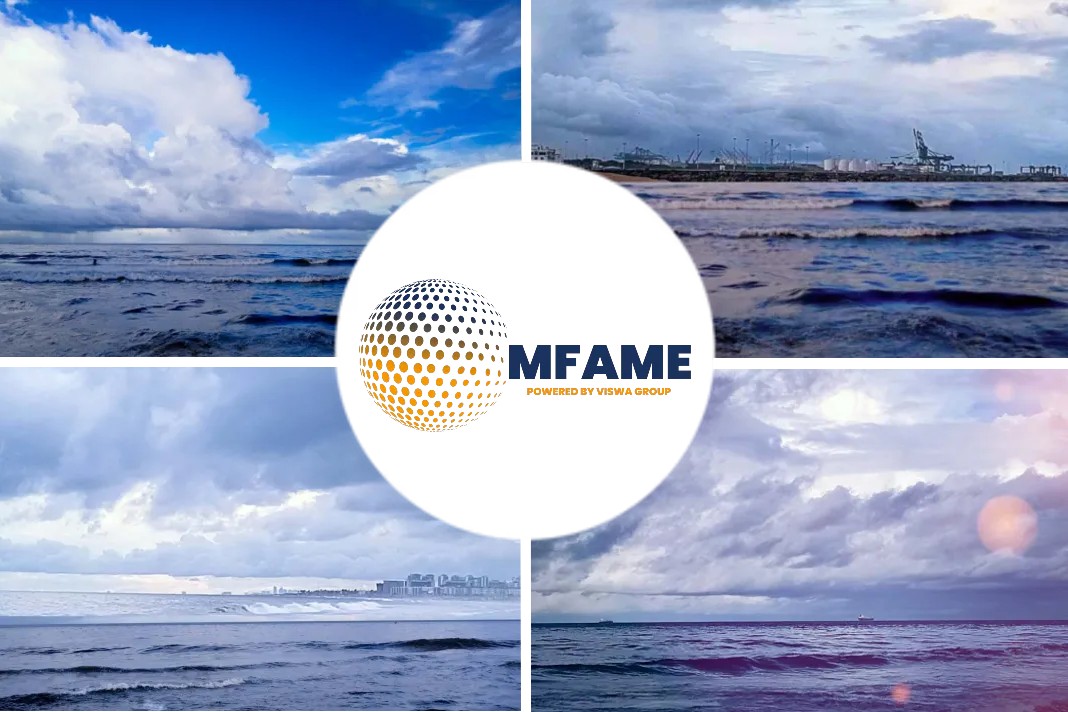A recent news article published in the Ships Now speaks about Basics of Ship Handling.
Ship’s Body and Forces Acting
Forces Acting on the Manoeuvring Ship
Pivot Point
The Pivot point (PP) is the point around which the ship rotates: when the ship rotates then at this point there is no transverse velocity. The Pivot Point is a kinematic object – it tells about the transverse (lateral) velocity distribution of the ship’s centre plane. The Pivot Point moves depending of the instantaneous set of forces acting on the ship.
With no forward speed and at steady rotational motion, when bow and stern swing in opposite directions the Pivot Point is located within the ship (often close to the midship).
When the ship is making headway, the Pivot Point moves forward. When the ship is making sternway, the Pivot Point moves aft.
Below picture shows how the Pivot Point position depends on block coefficient (slender ship vs full bodied ship).
Rudder Force & its Effect
Transverse Trust of the Propeller
Ahead – Higher pressure on the port side transverse thrust causes small swing to port hardly noticeable.
Astern – Higher pressure on the starboard side much more significant transverse thrust causes swing to starboard.
Water is pushed by the propeller working astern in the narrow space between the ship and the jetty causing higher pressure to arise on the ship’s bow area. This results in creation a force F2 that may be larger than the transverse thrust F1. The ship swings then in the opposite direction to which is expected.
Effect of Thruster Forces
The effectiveness of thruster depends on whether the ship is moving ahead or astern.
Rudder & Thruster Action
Effect of Tug Forces
Forces Acting on the Ship When Turning
Did you subscribe to our daily newsletter?
It’s Free! Click here to Subscribe!
Source: Maritime Professional






